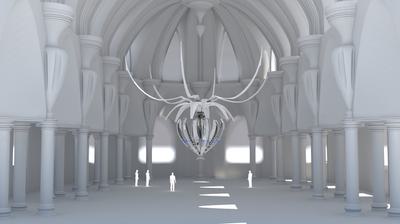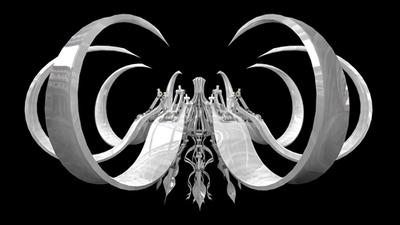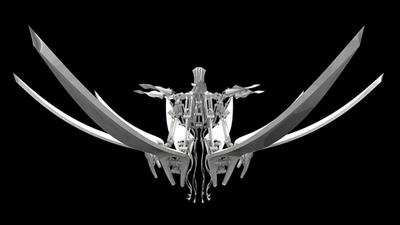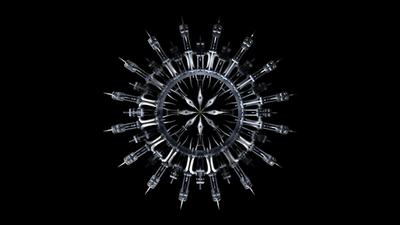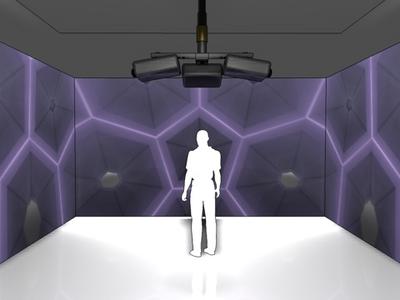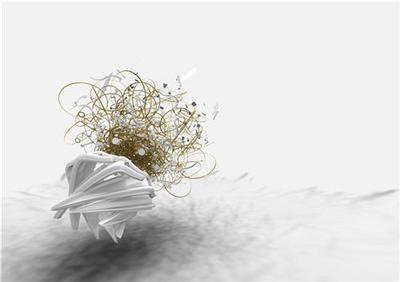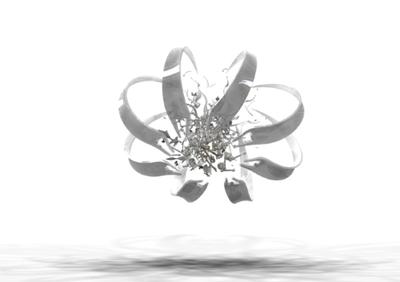Jon Baugh
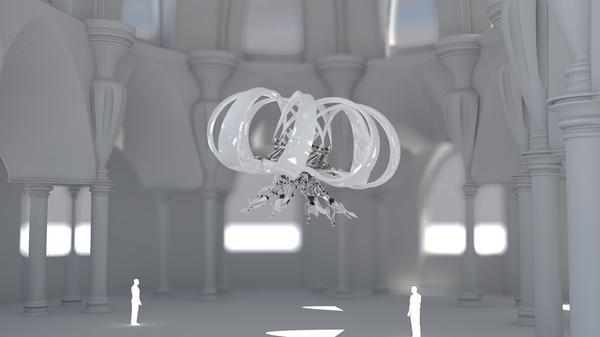
Immateriality and Materiality: These elements form the core of my practice; and are represented through a combination of both digital animation and installation. My work is presented either as still images, animation or video installation. Video installation works are presented within a projected digital space, this arrangement extends the physical space of the gallery into a virtual environment in which the digital structure is situated. This creates an immersive installation that utilises both physical and virtual space as its primarily elements, this assembly raises questions about the relationship between immateriality and materiality. The direction of my practice is to combine the fundamentals of historical immersive spaces with modern digital projection technologies, thus resulting in spatial immersion within a virtual environment. This arrangement promotes a physical distance between the digital sculpture (projection) and the participant, which is similar to that of viewing traditional physical sculpture. This parallel is important to the nature of the piece and a reflection on how digital immateriality can be manipulated to represent the physical world as well as being an antithesis of it. Within the animations, the immaterial structure exhibits material properties such as shape/ solidity but then displays immaterial properties as the form breaks apart into a continuous rotating stream, as chaotically as the shapes shift they still follow a path of order. At certain points they reconvene, thus depicting streams of data being re-assembled in a network at interfaces to be observed/viewed and then subsequently disassembled for further transfer or storage. This method of representation does make assumptions as to how data exists within hardware and networks, however it does draw a metaphor to its change in state. "In digital network the immateriality is not a priori grounded in or connected to a stable and limited object of a defined and specific location; rather it is connected to the continuous streams, flows, energies, rhythms and dynamics in and of the network. It is relational, multiple and in a phase-state by default." (lillemose.J 2006 p130) This emphasis on construction brings to the attention the assembly of the work; the same can be attributed to the multiplicity of bolts and mechanisms that bind the digital elements. They draw a parallel with precision engineering models and diagrams, meticulously designed and constructed, again there is an obsession with over complexity and detail. However unlike engineered physical machines these digital structures serve no purpose and no function, they exist just as digital artefacts of design and method. Bibliography Lillemose, J. (2006) Conceptual Transformations of Art. In: Krysa, J. ed. Curating Immateriality: The work of the curator in the age of network systems. New York: Autonomedia
